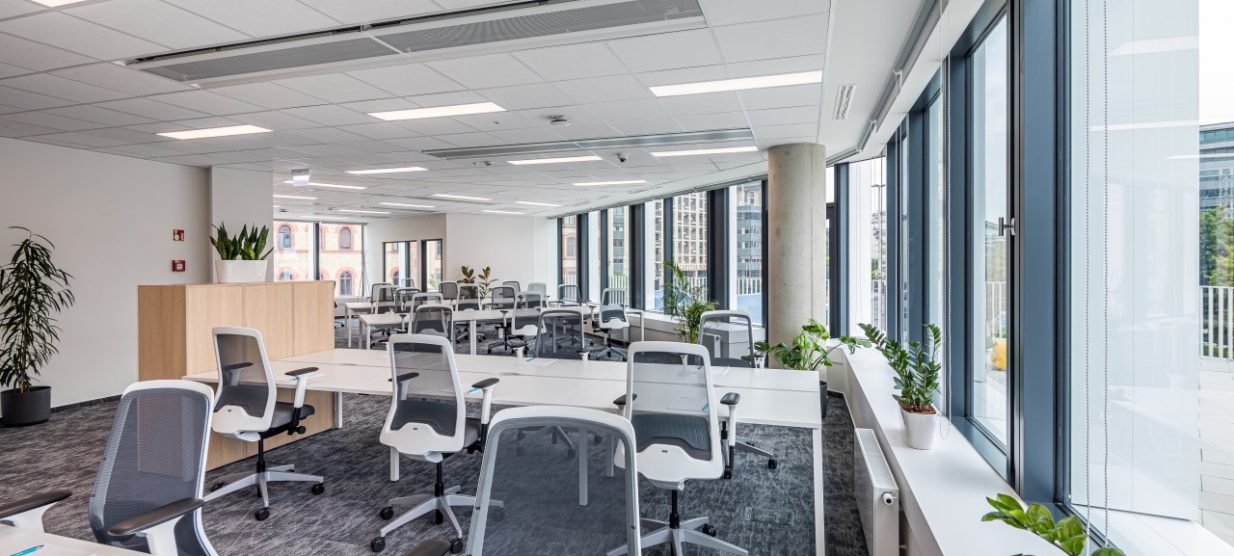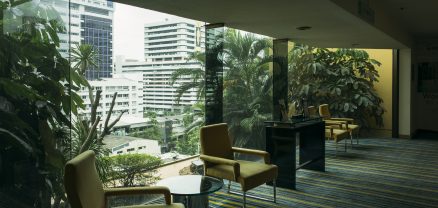Designing a Customizable Office Space: Tips and Tricks
Designing a Customizable Office Space: Tips and Tricks
In the post-pandemic era, businesses are looking for more flexible and customizable office solutions. Whether you’re a startup seeking a dynamic space or a growing company with evolving needs, customizable office spaces provide a solution that accommodates changing demands. In fact, a study by Global Workspace Analytics suggests that 77% of workers are more productive in flexible environments than in traditional office setups. With the increasing need for adaptable workspaces, designing a customizable office space can be an essential step toward boosting efficiency and employee satisfaction. In this blog, we will explore tips and tricks to create the perfect customizable office space that meets your company’s unique needs.
1. Understanding the Importance of Customizable Office Spaces
Customizable office spaces allow companies to tailor their environments to suit the specific needs of their workforce. These flexible spaces can accommodate a variety of layouts, from open-floor plans to private meeting rooms, and can evolve as your business grows. According to Statista, the global flexible office space market is expected to reach $13 billion by 2025. This highlights the increasing demand for versatile, customizable spaces.
Creating a space that can adapt to changes—whether it’s scaling up or downsizing—can also reduce overhead costs associated with traditional leases. Companies no longer have to worry about outgrowing their office or needing to relocate as they expand. Instead, they can focus on building their business while their office environment evolves in tandem.
2. Prioritize Modular Furniture
One of the key elements of a customizable office space is modular furniture. These pieces can be reconfigured to fit different layouts and functions as your team’s needs change. Consider investing in modular desks, chairs, and storage units that can be moved or adjusted. With modular furniture, employees can personalize their workstations, which can boost productivity. According to research by Steelcase, employees are 12% more productive in an environment where they can adjust their workspace to fit their preferences.
3. Create Multi-Purpose Areas
Gone are the days of static conference rooms that are used only for meetings. In a customizable office space, every area should have the potential to serve multiple purposes. Consider creating collaborative zones that can double as relaxation areas or informal meeting spots. Using movable partitions or foldable furniture can make it easy to transform a room for different uses throughout the day.
These multi-purpose spaces are not only more functional but also more economical. A flexible office design ensures that no square footage is wasted, helping you get the most out of your space.
4. Leverage Technology for Customization
The modern office isn’t complete without integrated technology. From adjustable lighting and climate control systems to digital scheduling tools, technology can play a major role in customizing office spaces.
For instance, smart lighting systems can adjust brightness and color based on the time of day, which can improve employee comfort and productivity. Similarly, some offices are integrating IoT (Internet of Things) devices that allow employees to customize their workstations with personalized settings for temperature, lighting, and even desk height. According to a report by Statista, the IoT market in office spaces is expected to grow by 25% annually.
5. Focus on Ergonomics and Employee Well-Being
Another important factor in designing customizable office spaces is ergonomics. Providing employees with ergonomic furniture that can be adjusted to their needs—such as height-adjustable desks, supportive chairs, and monitor stands—can reduce workplace injuries and boost productivity.
Employee well-being should also be taken into account when designing flexible office spaces. Consider creating quiet zones where employees can take a break, meditate, or relax during the day. According to Harvard Business Review, companies that emphasize employee well-being see a 21% increase in productivity. Designing an office that supports well-being will not only improve performance but also increase employee retention.
6. Use Sustainable and Flexible Design Elements
Sustainability is becoming a major focus in modern office design. Incorporating sustainable elements, such as energy-efficient lighting, recycled materials, and eco-friendly furniture, is essential for companies aiming to reduce their carbon footprint.
Beyond sustainability, flexible design elements can make a significant difference in how customizable an office space feels. Consider using modular walls or partitions made from sustainable materials that can easily be reconfigured as needed. These elements provide flexibility without compromising environmental responsibility.
7. Incorporate Branding into the Office Design
One of the most overlooked aspects of designing a customizable office space is integrating your brand identity into the environment. The office should reflect your company’s values, culture, and mission, from the color scheme to the choice of artwork.
Consider using customizable signage, movable wall decals, or modular décor that can be updated as your branding evolves. Incorporating your brand into the office design will not only create a cohesive environment but also inspire employees and leave a lasting impression on clients and visitors.
8. Adapt Spaces for Hybrid Work Models
With the rise of hybrid work models, businesses need to accommodate both in-office and remote employees. Designing an office that is adaptable to these models can improve collaboration and communication.
Flexible office spaces can include hot desks for employees who come into the office on certain days, dedicated areas for virtual meetings, and quiet zones for focused work. Providing hybrid work solutions ensures that all employees, regardless of their working location, feel included and supported.
9. Monitor and Evolve Your Space Over Time
Finally, it’s important to remember that a customizable office space is not a one-time project. As your business evolves, so should your office environment. Regularly assess how the space is being used and whether it meets the needs of your employees. Survey your team for feedback and be open to making changes.
Conclusion
Designing a customizable office space is about more than just choosing the right furniture. It’s about creating a flexible, adaptable environment that can evolve with your business needs. By incorporating modular furniture, multi-purpose areas, ergonomic designs, and smart technology, you can create a space that promotes productivity, enhances well-being, and aligns with your company’s mission.
Customizable office spaces offer a solution for businesses that want to stay agile in an ever-changing world. Whether you’re a small startup or a growing company, the right office design can help you thrive and keep your employees happy.
If you’re looking for the perfect customizable office space, check out our serviced office solutions at DBH Serviced Office, where flexibility and innovation come together to meet your unique business needs.

Do not hesitate to contact us
Get in touch, if you have any question


